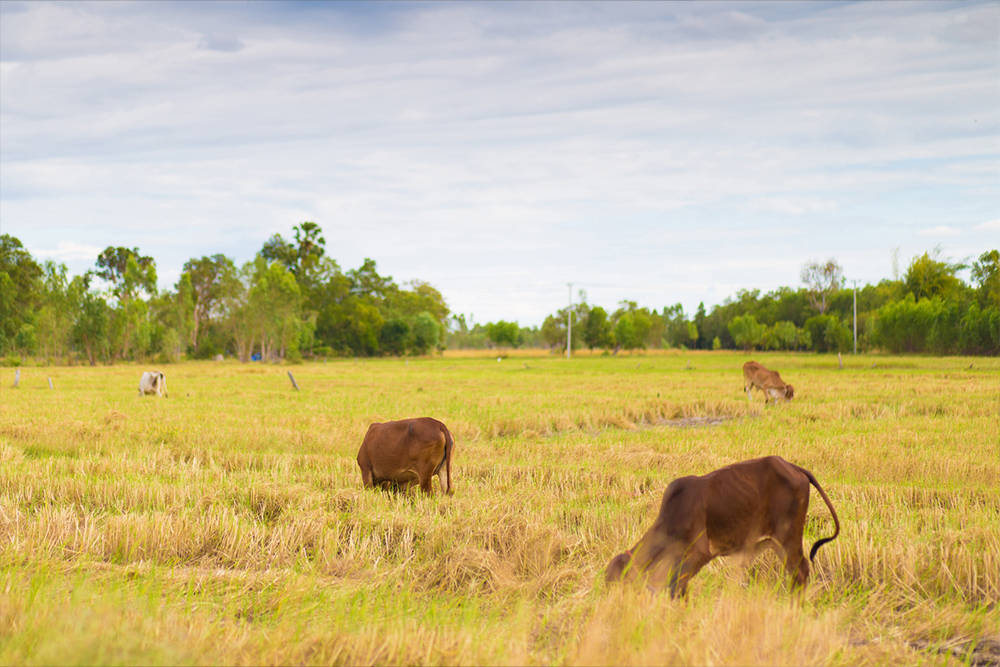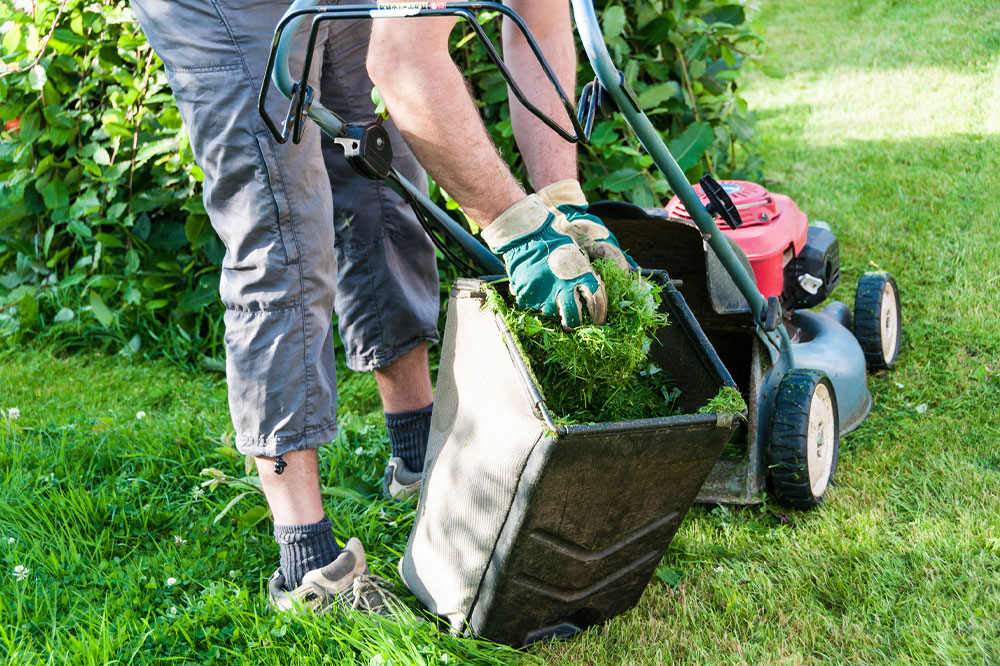Tips for Revitalizing Your Lawn’s Brown Spots
Discover effective methods to revive brown patches on your lawn. From soil testing and dethatching to pest control and proper watering, these strategies promote lush, healthy grass. Regular maintenance and timely intervention can prevent future brown spots and keep your lawn vibrant and beautiful.

Tips for Revitalizing Your Lawn’s Brown Spots
A lush, green lawn demands regular maintenance. Brown patches not only affect visual appeal but may also indicate issues like pests, poor soil, or overuse. Causes include improper watering, heavy foot traffic, or excessive thatch. Fortunately, specific treatments can restore your grass’s health and vibrancy.
1. Check Soil pH Levels
Proper soil conditions are vital for healthy grass. Conduct a pH test to determine acidity or alkalinity. Warm-season grasses prefer acidic soil below pH 7, while cool-season types do well between 6 and 7.2. Amend soil with sulfur to lower pH or lime to raise it, supporting optimal growth.
2. Remove Excess Thatch
Thatch, composed of dead organic matter, can accumulate and block roots from accessing air, water, and sunlight. Overgrown thatch causes dry patches. Raking or using special tools helps remove this layer, allowing grass to breathe and recover.
3. Aerate Your Soil
Compacted soil hampers nutrient and oxygen flow to roots. Aeration introduces small holes, boosting airflow and water absorption. Use spike or core aerators for better root growth and to reduce brown patches caused by poor soil conditions.
4. Eliminate Weeds
Weeds such as dandelions and clover compete with grass for nutrients, causing patchy areas. Remove weeds manually or via herbicides to maintain lawn health. Consistent weed control supports uniform grass coverage.
5. Inspect for Pests
Pests like grubs damage roots, leading to brown patches. Check soil and turf for signs like C-shaped grubs. Use beneficial nematodes, organic deterrents, or professional pest removal to protect your turf.
6. Water Effectively
Inconsistent watering causes dryness and brown spots. Install sprinklers for steady hydration, ideally during early morning or evening. Proper watering restores grass vigor and promotes lush growth.
7. Improve Soil with Topdressing
Weak, nutrient-deficient soil results in patchy grass. Apply compost or organic material as topdressing to supply essential nutrients. Regular lawn maintenance like mowing, weed removal, and soil testing helps prevent brown patches and keeps your lawn vibrant.
Implementing these practices ensures a healthier, greener lawn. Consistent care and early treatment are crucial in preventing future issues and enhancing your outdoor space.


